|
"A picture is worth a thousand words"...Yes, so how we get those words out? Picture Word Inductive Model (PWIM) first developed by Emily Calhoun (1999) to the rescue! What is PWIM and how do I use it to help my students with listening, speaking, reading, and writing? You may be thinking that pictures are for primary students or for Beginner level ELs. But that's not the case. Though PWIM does benefit primary students and Beginner ELs, even intermediate and Advanced ELs gain valuable insights from this method across all content areas. Here's how I've used it in a modified version. Step 1: The teacher begins by selecting a picture relevant to the unit of current study. If you teach science you might select a picture about the water cycle, life cycle of a butterfly, the Grand Canyon, etc. A social studies teacher might choose a picture from history such as The Boston Tea Party, Amelia Earhart next to her plane, the Constitution, or a map, graph, chart or timeline, etc. A language arts teacher may present a picture that exemplifies character traits or feelings, a picture that relates to a theme that is being showcased, etc. Even math teachers can use PWIM by selecting pictures such as pictures with shapes, graphs, clocks, money, etc. Step 2: Share the image with students either in whole group or in a small group setting. (Day 1) Step 3: Label the picture together. Tell students that you will "shake out" all the words from this picture. Sometimes I let students brainstorm words on their own first and then share with a partner before we label the picture. As I label words, I spell them out or focus on phonics depending on the grade level and students' needs. We stop to read the words frequently, reading chorally or echo reading. (Day 1) Step 4: Put the words into categories. Ask students to categories the words either by spelling or by parts of speech. (Day 1 or 2 depending on time) Step 5: Ask students to brainstorm possible titles for the picture. Once many have been generated, discuss them. What makes a strong title? If needed, share examples from picture books or chapter books. Step 6: Give students time to discuss the picture in cooperative groups and then orally compose sentences. Provide students with sentence stems, starters or language frames to support complete sentences as needed. This step allows students to access their own background knowledge as well as tap into one another's knowledge. It builds on prior knowledge by supporting what they already know about a particular topic. For example, if you give students a picture of a tee-pee, and students share in their groups, some might say they see a house, while others would say it's a home or dwelling. (Day 2) Step 7: Next, record the sentences either on a chart or below the picture. Guide students in choral or echo reading the sentences after you write them. This reading practice supports language development. Not everyone will need the support of the teacher's example sentences. The students who can independently write their own sentences using the labels can work on their own while the teacher pulls a small group to model using the label to compose sentences. Consider asking the group the 5 Ws-Who, When, Where Why, What to help vary the sentences and create a strong understanding of the visual. (Day 3) Step 8: Give students the opportunity to use the labels to write their own sentences. Provide students scaffolds as needed. Some will need sentence frames or starters. Beginner ELs may need to copy your sentences. To push students who are at the Advanced level up a notch, give them the stems: Additionally, Furthermore, For Example. Teach them to use those stems in their writing. (Day 3) There are many ways to vary PWIM to meet your own classroom and students' needs. There is no right or wrong way to do them as long as you are using pictures to develop language: thinking, listening, speaking, reading and writing. PWIM doesn't have to take long. They are not 45 minute lessons. And they are not solely for language arts classrooms. Pictures of historical events, cycles (water, life, etc.), geography, scientific experiments, math problems lend themselves beautifully to PWIM activities. Pictures are engaging, thought provoking, and help to make content comprehensible for students. The steps above are just suggestions. Make this model fit your students' specific needs. Try out a PWIM lesson and see where it takes you. This language rich learning strategy requires students to think, listen, speak, read and write in the content area of instruction. That's why I love it! Below are examples of a primary PWIM. The unit was on predators and prey. The teacher used the owl picture first to discuss one type of predator. After the Picture Talk cycle, the teacher modeled how to use the picture to support writing. Some students were able to write about a different predator or prey while Beginners and struggling learners wrote about the owl. Resources used: Ferlazzo, L., & Sypnieski, K. H. (2012). The ESL/ELL teacher's survival guide. ready-to-use strategies, tools, and activities for teaching English language learners of all levels. San Francisco: Jossey-Bass. Calhoun, E. (1999). Teaching beginning reading and writing with the picture word inductive model. Alexandria: ASCD. Meredith Alvaro
UPDATE April 2020 Distance Teaching & Learning The video below shares how you might use PWIM during remote teaching/learning with ELs.
Jennifer Taylor
3/11/2019 02:50:29 pm
Valentina,
margarita garza
7/22/2020 04:56:55 pm
awesome informmation well organized Comments are closed.
|
Categories
All
|
||||||
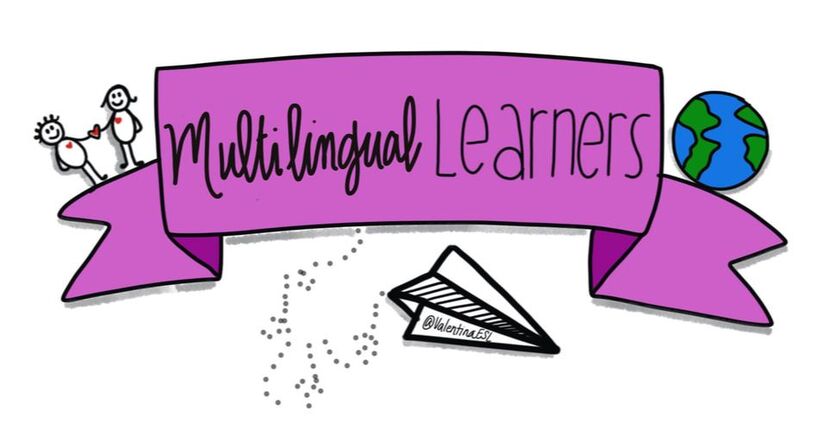

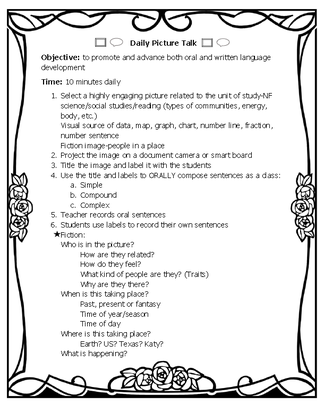
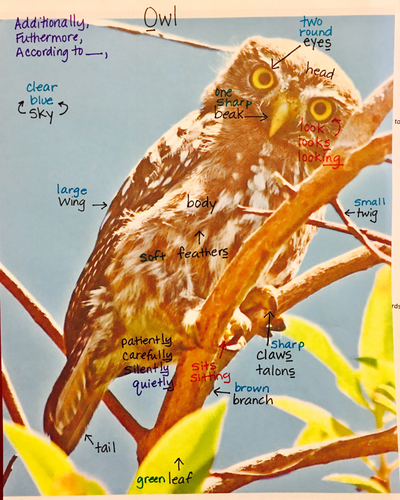
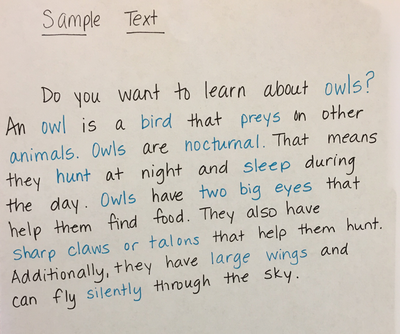
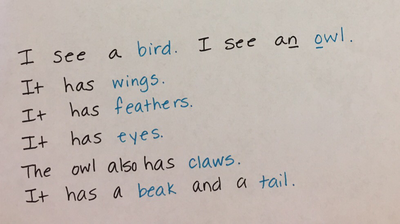
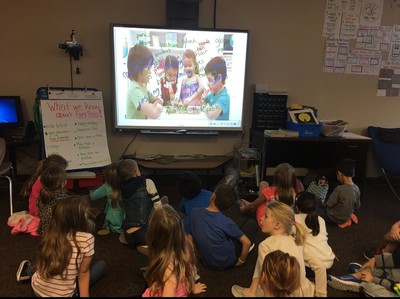
 RSS Feed
RSS Feed
